In the world of manufacturing and engineering, selecting the right material for sealing components is crucial. Seals play a vital role in preventing leaks, maintaining pressure, and ensuring the overall integrity of systems across various industries, from automotive and aerospace to medical and consumer goods. Two materials that often come up in discussions about sealing components are TPU (Thermoplastic Polyurethane) and TPE (Thermoplastic Elastomer). As someone who has been deeply involved in the materials science and engineering field for years, I’ve had the opportunity to work with both materials extensively and understand their strengths and limitations. Today, I’m here to share my insights and help you determine which material is better suited for your sealing needs.
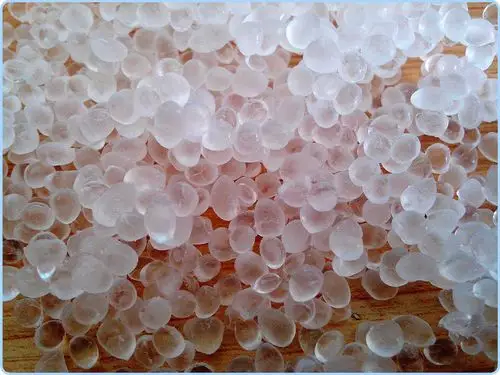
Understanding the Basics: What Makes a Good Sealing Material?
Before diving into the specifics of TPU and TPE, let’s quickly recap what makes a material suitable for sealing components. A great sealing material should offer:
Excellent Sealing Properties: The ability to form a tight, leak-proof seal under various conditions, including pressure, temperature, and chemical exposure.
Durability: Resistance to wear, tear, and degradation over time, ensuring long-lasting performance.
Flexibility: The capacity to conform to irregular surfaces and maintain its shape under stress.
Chemical Resistance: The ability to withstand exposure to various chemicals without deteriorating.
Temperature Resistance: The capability to perform well across a wide range of temperatures, from extreme cold to high heat.
Cost-Effectiveness: A balance between performance and cost, making it a viable option for large-scale production.
Now, let’s explore how TPU and TPE stack up against these criteria.
TPU: The Robust and Versatile Choice
TPU is a class of thermoplastic elastomers that combines the properties of rubber and plastic. It’s known for its exceptional strength, durability, and versatility, making it a popular choice for a wide range of applications, including sealing components.
Advantages of TPU for Sealing Components:
Excellent Mechanical Properties: TPU offers high tensile strength, tear resistance, and abrasion resistance, making it ideal for sealing applications that require durability and longevity.
Good Chemical Resistance: TPU can withstand exposure to a variety of chemicals, including oils, fuels, and solvents, without significant degradation.
Wide Temperature Range: TPU performs well across a broad temperature spectrum, from -40°C to 120°C (-40°F to 248°F), making it suitable for both cold and hot environments.
Flexibility and Elasticity: TPU maintains its flexibility and elasticity over time, ensuring that seals remain effective even after repeated use.
Customizable Properties: TPU can be formulated to meet specific performance requirements, such as hardness, color, and texture, offering flexibility in design.
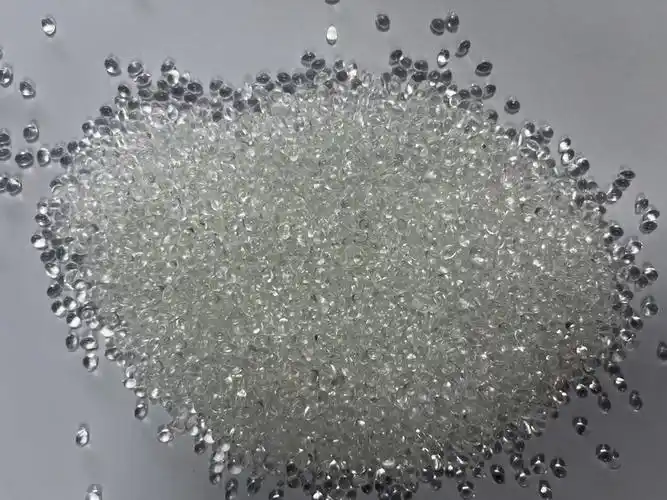
Potential Drawbacks:
Cost: TPU can be more expensive than some other sealing materials, especially when high-performance grades are required.
Processing Challenges: TPU can be more difficult to process than some other materials due to its high viscosity and melt temperature, requiring specialized equipment and expertise.
UV Sensitivity: Some TPU formulations may be sensitive to UV light, leading to degradation over time if exposed to direct sunlight for extended periods.
Best For: Sealing applications that require high durability, chemical resistance, and a wide temperature range, such as automotive seals, hydraulic seals, and industrial gaskets.
TPE: The Flexible and Cost-Effective Option
TPE is a broad term that encompasses a range of thermoplastic elastomers with varying properties. TPEs are known for their flexibility, ease of processing, and cost-effectiveness, making them a popular choice for many sealing applications.
Advantages of TPE for Sealing Components:
Flexibility and Softness: TPE offers excellent flexibility and softness, allowing it to conform to irregular surfaces and form tight seals.
Ease of Processing: TPE can be processed using standard thermoplastic equipment, such as injection molding and extrusion, making it easy and cost-effective to manufacture.
Cost-Effectiveness: TPE is generally more affordable than TPU, especially when considering the overall cost of production, including material, processing, and tooling.
Good Chemical Resistance (in some formulations): While not all TPEs offer the same level of chemical resistance as TPU, some formulations can withstand exposure to certain chemicals without significant degradation.
Recyclability: TPE is often recyclable, making it a more environmentally friendly option compared to some other sealing materials.
Potential Drawbacks:
Lower Mechanical Properties: TPE may not offer the same level of tensile strength, tear resistance, and abrasion resistance as TPU, making it less suitable for high-stress applications.
Limited Temperature Range: TPE’s performance may be limited at extreme temperatures, with some formulations becoming brittle at low temperatures or softening at high temperatures.
Variability in Performance: Due to the wide range of TPE formulations available, performance can vary significantly between different products, requiring careful selection and testing.
Best For: Sealing applications that require flexibility, ease of processing, and cost-effectiveness, such as consumer goods seals, medical device seals, and low-stress industrial seals.
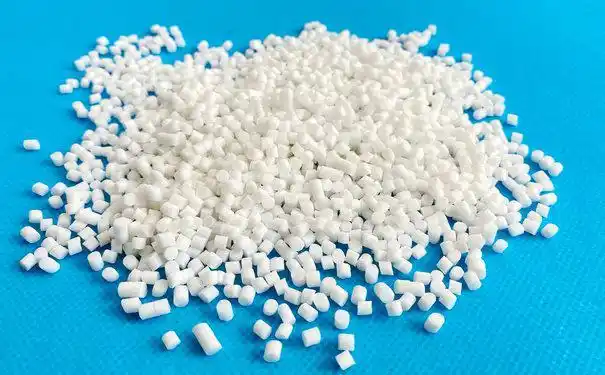
Comparative Analysis: TPU vs. TPE for Sealing Components
To help you better understand the differences between TPU and TPE for sealing components, here’s a comparative analysis table:
| Material | Mechanical Properties | Chemical Resistance | Temperature Range | Flexibility/Elasticity | Cost-Effectiveness | Best For |
|---|---|---|---|---|---|---|
| TPU | High (tensile strength, tear resistance, abrasion resistance) | Good (oils, fuels, solvents) | Wide (-40°C to 120°C) | Excellent | Moderate to High | High-stress, chemical-exposed, wide-temperature-range applications |
| TPE | Variable (lower than TPU in most cases) | Variable (some formulations offer good resistance) | Limited (varies by formulation) | Excellent | High | Low-stress, flexible, cost-sensitive applications |
Key Takeaways from the Table:
TPU offers superior mechanical properties, chemical resistance, and a wide temperature range, making it ideal for high-stress, chemical-exposed, and wide-temperature-range sealing applications. However, it may be more expensive and challenging to process.
TPE provides excellent flexibility, ease of processing, and cost-effectiveness, making it suitable for low-stress, flexible, and cost-sensitive sealing applications. However, its mechanical properties, chemical resistance, and temperature range may be more limited.
Choosing the Right Material for Your Sealing Needs
Selecting the right material for your sealing components depends on several factors, including the specific requirements of your application, budget constraints, and environmental considerations. Here are some tips to help you make an informed decision:
Assess Your Application Requirements: Consider the pressure, temperature, chemical exposure, and other environmental factors that your seals will encounter. This will help you determine which material properties are most critical for your application.
Evaluate Mechanical Properties: If your seals will be subjected to high stress, abrasion, or tear forces, TPU may be the better choice due to its superior mechanical properties.
Consider Chemical Resistance: If your seals will come into contact with chemicals, such as oils, fuels, or solvents, evaluate the chemical resistance of both TPU and TPE formulations to ensure they can withstand exposure without deteriorating.
Review Temperature Range: If your seals will be used in extreme temperatures, either hot or cold, choose a material that can perform well across the expected temperature range. TPU typically offers a wider temperature range than TPE.
Factor in Cost and Processing: Consider your budget constraints and the ease of processing for each material. TPE may be more cost-effective and easier to process, while TPU may offer superior performance at a higher cost.
Test and Validate: Before finalizing your material selection, conduct tests to validate the performance of your seals under real-world conditions. This will help you ensure that your chosen material meets your application requirements.
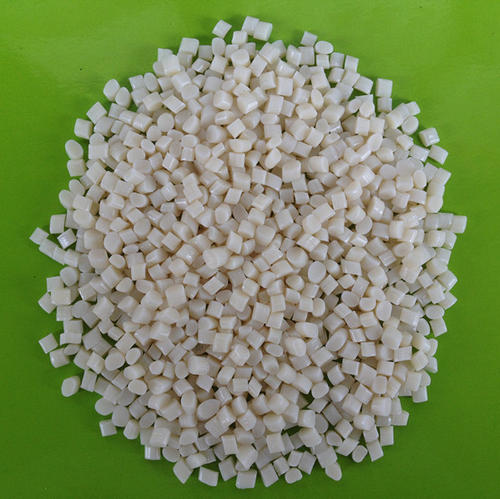
Real-World Examples and User Feedback
To illustrate the practical applications of TPU and TPE for sealing components, let’s look at some real-world examples and user feedback.
Example 1: Automotive Seals
An automotive manufacturer was looking for a durable, chemical-resistant sealing material for their engine components. They chose TPU due to its excellent mechanical properties, chemical resistance, and wide temperature range. The TPU seals have performed well under harsh conditions, providing reliable sealing and extending the lifespan of the engine components.
Example 2: Medical Device Seals
A medical device company needed a flexible, cost-effective sealing material for their disposable medical devices. They opted for TPE due to its excellent flexibility, ease of processing, and cost-effectiveness. The TPE seals have provided reliable sealing while keeping production costs low, making the medical devices more affordable for patients.
Example 3: Consumer Goods Seals
A consumer goods manufacturer was looking for a flexible, soft-touch sealing material for their household appliances. They chose TPE due to its softness, flexibility, and ability to be colored and textured to match their product design. The TPE seals have enhanced the user experience by providing a comfortable grip and reliable sealing.
Maintenance and Care Tips for Sealing Components
Regardless of the material you choose for your sealing components, proper maintenance and care are essential to ensure their longevity and performance.
Maintenance Tips:
Regular Inspection: Periodically inspect your seals for signs of wear, tear, or degradation. Replace any seals that show signs of damage or wear.
Cleaning: Clean your seals regularly to remove dirt, debris, and contaminants that could affect their performance. Use a mild detergent and water, and avoid using harsh chemicals that could damage the material.
Lubrication: In some cases, applying a thin layer of lubricant to your seals can help reduce friction and wear. However, be sure to choose a lubricant that is compatible with your sealing material.
Storage: Store your seals in a cool, dry place away from direct sunlight and extreme temperatures. This will help prevent degradation and extend their shelf life.
Additional Tips for Specific Materials:
TPU Seals: Be aware that TPU may be sensitive to UV light, so avoid exposing your seals to direct sunlight for extended periods. If possible, store TPU seals in opaque containers or packaging to protect them from UV damage.
TPE Seals: Some TPE formulations may be more prone to swelling or degradation when exposed to certain chemicals. Be sure to test your TPE seals with the specific chemicals they will encounter in your application to ensure compatibility.

Future Trends in Sealing Materials
As the manufacturing and engineering industries continue to evolve, we can expect to see several exciting developments in sealing materials.
Advanced Formulations: Manufacturers are constantly developing new formulations of TPU and TPE to improve their performance characteristics, such as mechanical properties, chemical resistance, and temperature range.
Sustainable Materials: There’s a growing trend towards using more sustainable and environmentally friendly materials in sealing applications. This includes the development of bio-based TPU and TPE formulations, as well as the use of recycled materials.
Smart Seals: Some companies are exploring the integration of sensors and other technologies into sealing components to create “smart” seals that can monitor their own performance and provide real-time feedback.
Customization and 3D Printing: With the rise of 3D printing and other advanced manufacturing techniques, we may see more opportunities for customizing sealing components to meet specific application requirements.
Conclusion: Finding the Perfect Sealing Material
In conclusion, choosing the right material for your sealing components is a critical decision that can significantly impact the performance, reliability, and cost-effectiveness of your products. By understanding the differences between TPU and TPE and evaluating your specific application requirements, you can make an informed decision that meets your needs.
Whether you opt for TPU for its superior mechanical properties, chemical resistance, and wide temperature range, or TPE for its flexibility, ease of processing, and cost-effectiveness, remember that the most important thing is to choose a material that provides reliable sealing and meets the specific requirements of your application.
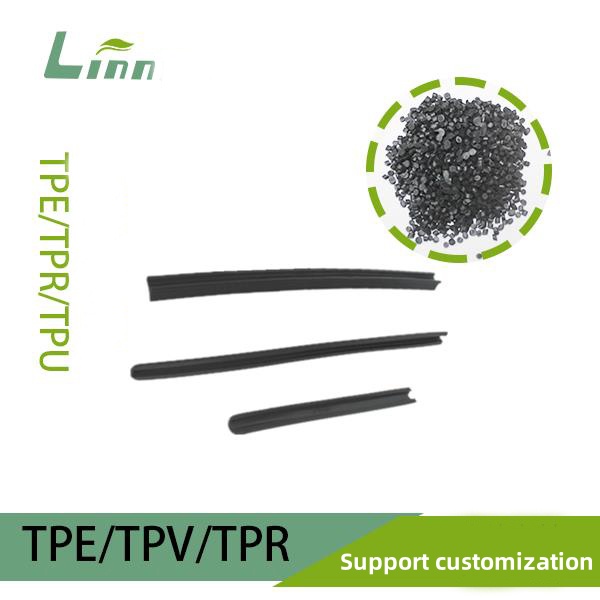
Related Questions and Answers
Q1: Can TPU and TPE be used together in sealing applications?
A1: Yes, TPU and TPE can sometimes be used together in sealing applications, depending on the specific requirements. For example, TPU could be used for the main sealing component due to its durability, while TPE could be used for a secondary seal or gasket due to its flexibility and cost-effectiveness. However, it’s important to ensure compatibility between the two materials and to test their performance together under real-world conditions.
Q2: Are there any alternatives to TPU and TPE for sealing components?
A2: Yes, there are several alternatives to TPU and TPE for sealing components, including silicone, rubber, and various thermoset materials. Each material has its own unique properties and advantages, and the best choice depends on your specific application requirements.
Q3: How do I determine the right hardness for my sealing material?
A3: The right hardness for your sealing material depends on several factors, including the pressure, temperature, and flexibility requirements of your application. Generally, harder materials offer better resistance to compression and wear, while softer materials provide better flexibility and sealing performance. It’s important to consult with material suppliers and conduct tests to determine the optimal hardness for your specific application.
Q4: Can I recycle TPU and TPE sealing components?
A4: Yes, both TPU and TPE are often recyclable, depending on the specific formulation and any additives used. However, the recycling process may vary depending on the material and the recycling facilities available in your area. It’s important to check with your material supplier and local recycling authorities to determine the best recycling options for your sealing components.
Q5: How do I ensure the longevity of my sealing components?
A5: To ensure the longevity of your sealing components, it’s important to select the right material for your application, follow proper maintenance and care procedures, and regularly inspect and replace any seals that show signs of wear or damage. Additionally, considering factors such as environmental conditions, chemical exposure, and mechanical stress can help you choose a sealing material that will perform well over time.





